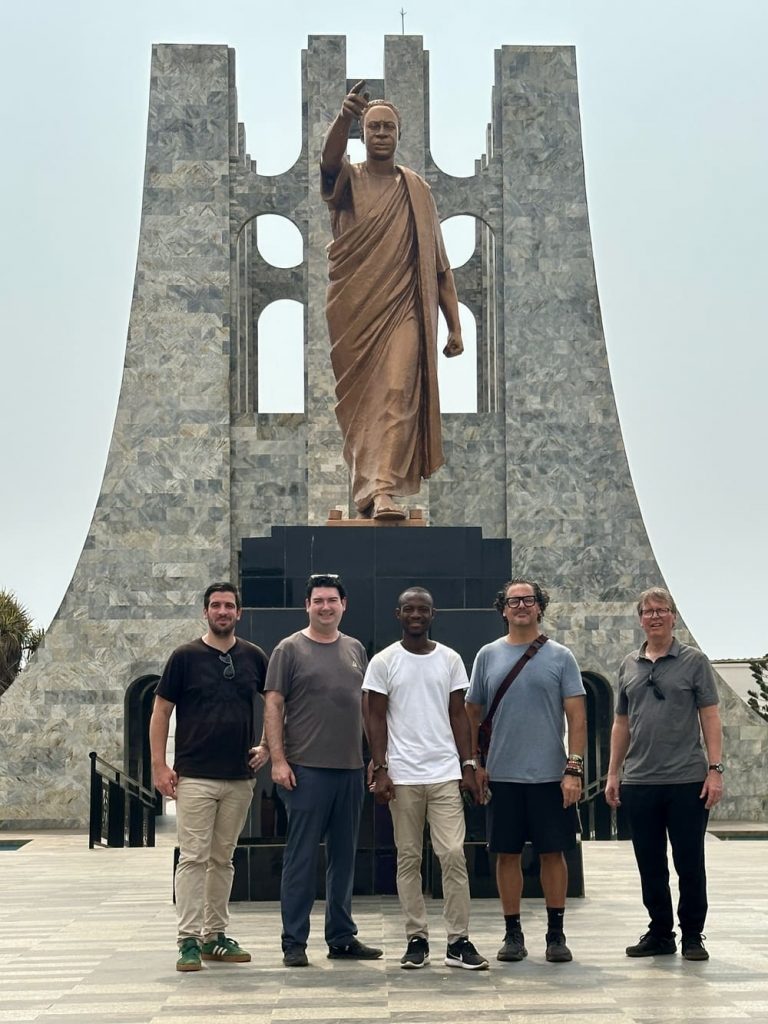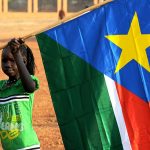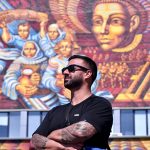Ghana was a center of resistance against colonial rule. One of the most significant sites that embodies this history is the Kwame Nkrumah Mausoleum, a must-visit for anyone seeking to understand Ghana’s journey to independence and the broader movement for African unity. It is a highlight of our Ghana Gold Coast Tour.
Table of Contents
Who was Kwame Nkrumah?
Kwame Nkrumah was the leader of Ghana’s independence movement and the country’s first president. Born in 1909 in Nkroful, he rose to prominence as a fierce anti-colonial activist and visionary thinker. Educated in the United States and the United Kingdom, he was deeply influenced by the global struggles against imperialism and became a staunch advocate for African liberation. His leadership led Ghana to become the first sub-Saharan African country to gain independence from colonial rule in 1957.
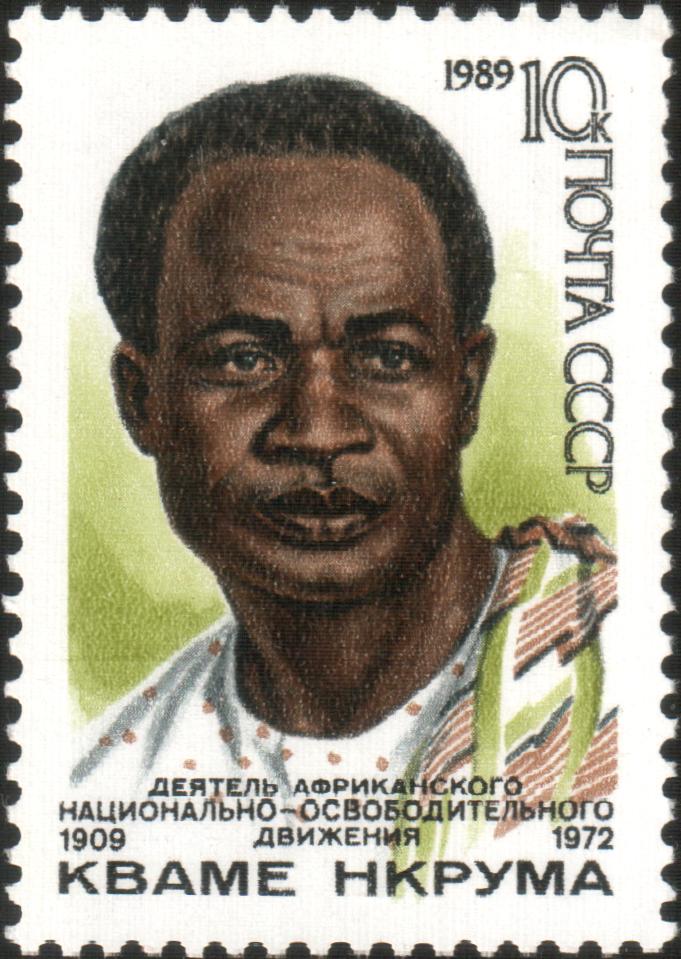

Why is he considered a father of Pan-Africanism?
Beyond Ghana, Nkrumah’s vision extended across the continent. He was a leading proponent of Pan-Africanism, believing that Africa’s strength lay in unity. He played a crucial role in the formation of the Organization of African Unity (OAU), the precursor to today’s African Union (AU). His speeches, writings, and policies inspired liberation movements across Africa, from Algeria to South Africa. He advocated for a United States of Africa, envisioning a self-sufficient continent free from neocolonial influence.
Nkrumah saw the liberation of one African nation as incomplete without the total freedom of the continent. He provided financial and logistical support to anti-colonial movements across Africa, aiding independence struggles in countries like Guinea-Bissau, Angola, Mozambique, and Zimbabwe. His famous declaration that “the independence of Ghana is meaningless unless it is linked up with the total liberation of Africa” became a rallying cry for African revolutionaries. He also established institutions like the Institute of African Studies in Ghana to cultivate an intellectual foundation for Pan-African unity and resistance against foreign domination.
Despite resistance from Western-backed factions and internal opposition, Nkrumah remained unwavering in his dream of African economic and political integration. His influence remains deeply embedded in the formation of the African Continental Free Trade Area (AfCFTA) and ongoing discussions about a unified African economy, military, and governance structure.
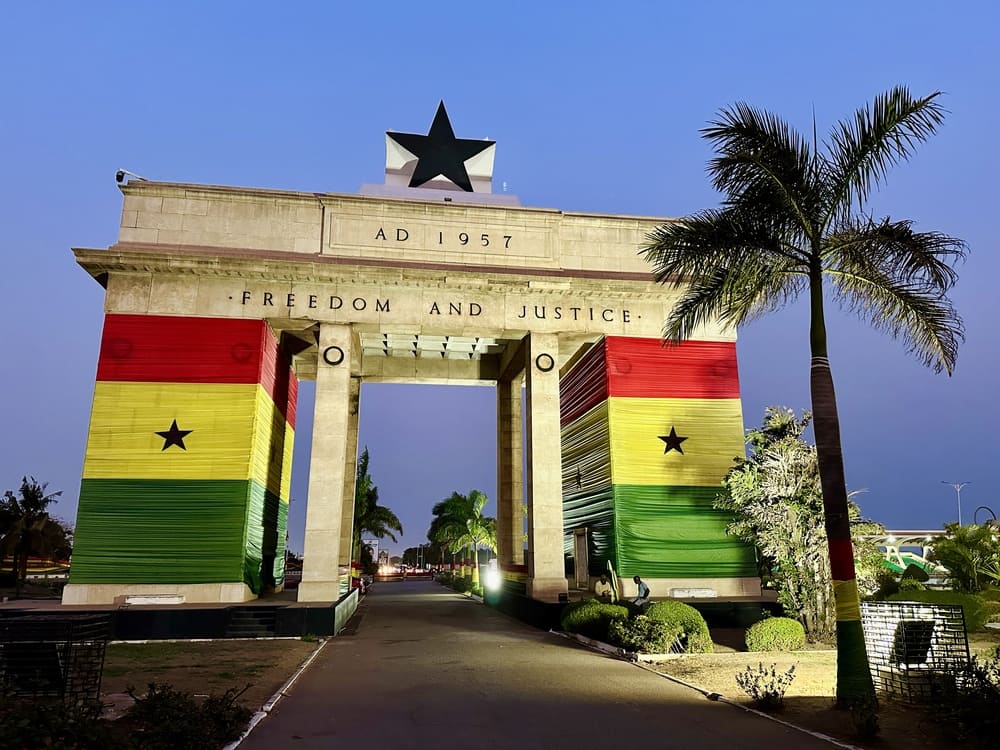
What happened to Kwame Nkrumah?
Despite his revolutionary vision, Nkrumah faced strong opposition both domestically and internationally. His push for rapid industrialization, his socialist policies, and his close ties to the Soviet Union made him a target of Western powers. In 1966, while on a diplomatic trip to China and North Vietnam, his government was overthrown in a CIA-backed military coup.
The coup, known as Operation Cold Chop, was orchestrated by the Ghanaian military and police, with support from the U.S. and U.K., who viewed Nkrumah as too closely aligned with communist ideologies. Ghana was struggling with economic difficulties, inflation, and dissatisfaction over Nkrumah’s increasingly authoritarian rule. The coup leaders, led by General Joseph Ankrah, took advantage of Nkrumah’s absence and swiftly seized control of the government, dissolving his Convention People’s Party (CPP) and rolling back many of his socialist policies.
After the coup, Nkrumah sought refuge in Guinea, where he was welcomed by President Sékou Touré and given the honorary title of co-president. He spent his remaining years in exile, continuing to advocate for Pan-Africanism and warning against neocolonial influence in Africa. He passed away in 1972 in Romania while receiving medical treatment and was later buried in Ghana.
What is it Like to visit the Kwame Nkrumah Mausoleum?
The Kwame Nkrumah Mausoleum in Accra is an awe-inspiring tribute to his life. Located on the site where he declared Ghana’s independence, the complex features a museum housing his personal artifacts. His bronze statue, standing with a raised hand, symbolizes his call for African unity. Walking through the site, visitors can feel the weight of history and the enduring impact of his vision.
The mausoleum itself is a grand, futuristic structure built from Italian marble, shaped like an upside-down sword, a symbol of peace. Inside, Nkrumah’s tomb rests under a solemn, dimly lit dome, creating an atmosphere of reverence and reflection. His wife, Fathia Nkrumah, is also buried beside him. The surrounding water features and fountains are said to represent the purity and life he wished for his nation. The museum adjacent to the mausoleum showcases an impressive collection of Nkrumah’s personal belongings, from books and photographs to the very desk he used as Ghana’s first leader. Informative panels, multimedia exhibits, and historical footage provide deeper insight into his life and struggles.
Outside, the mausoleum’s gardens and walkways create a peaceful space where visitors can contemplate his legacy. The location, formerly a British colonial polo ground, is symbolic in itself – once a place of elite exclusivity, now a memorial dedicated to Ghana’s fight for freedom.
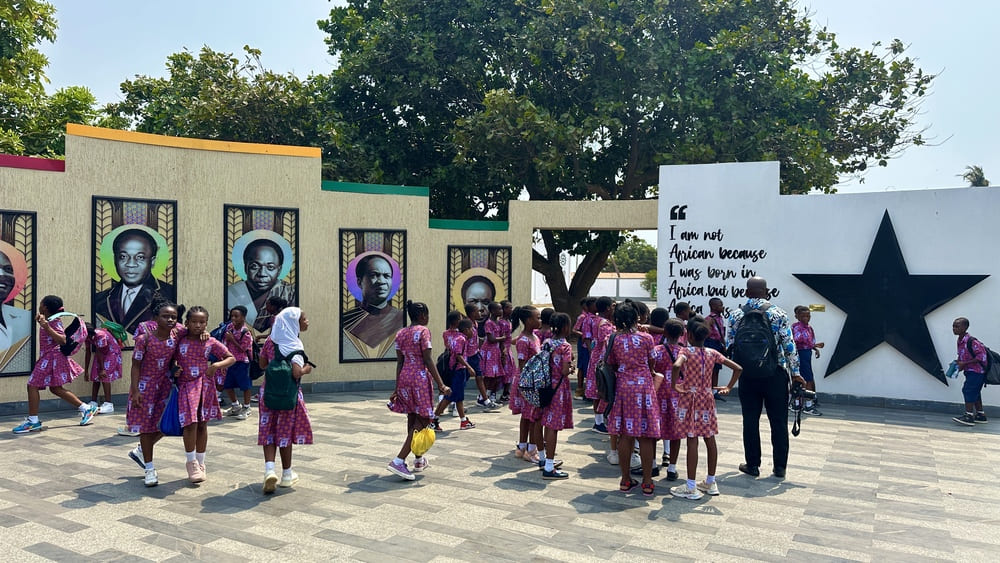
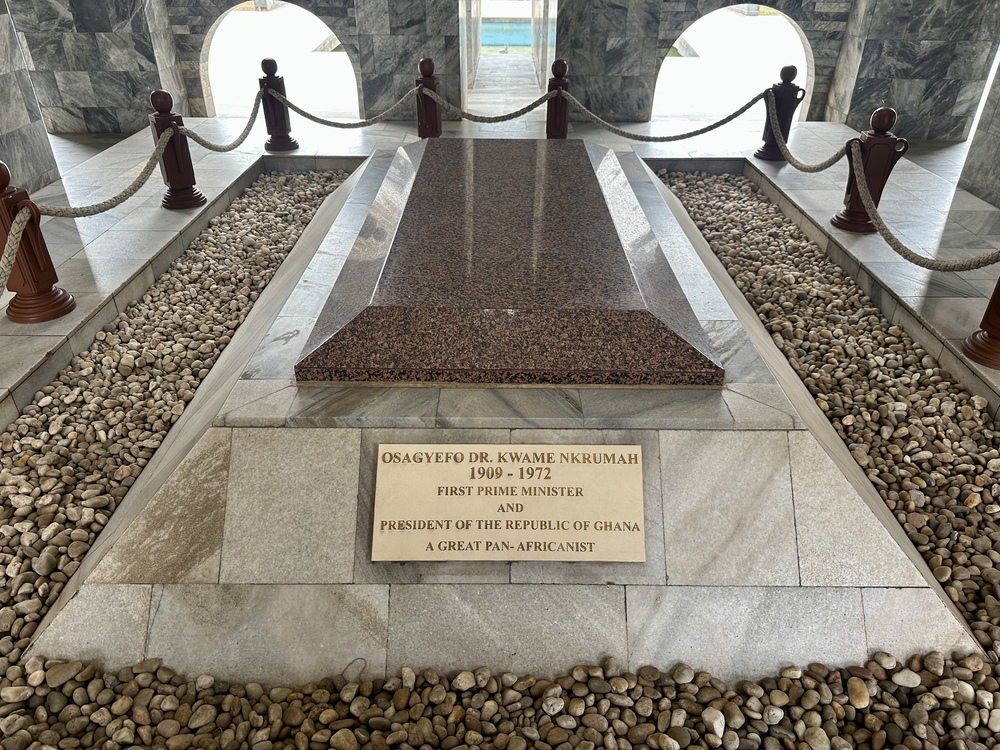
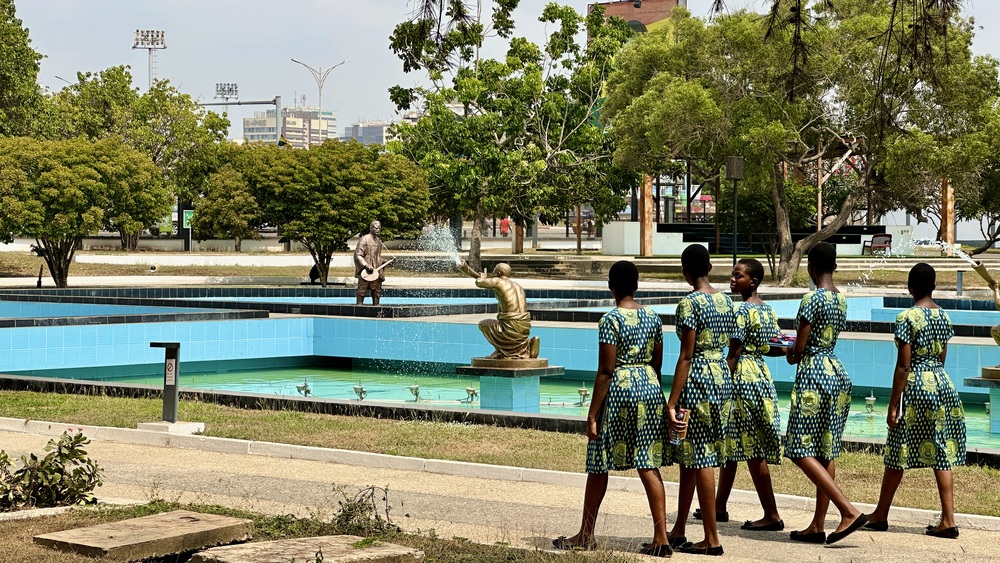
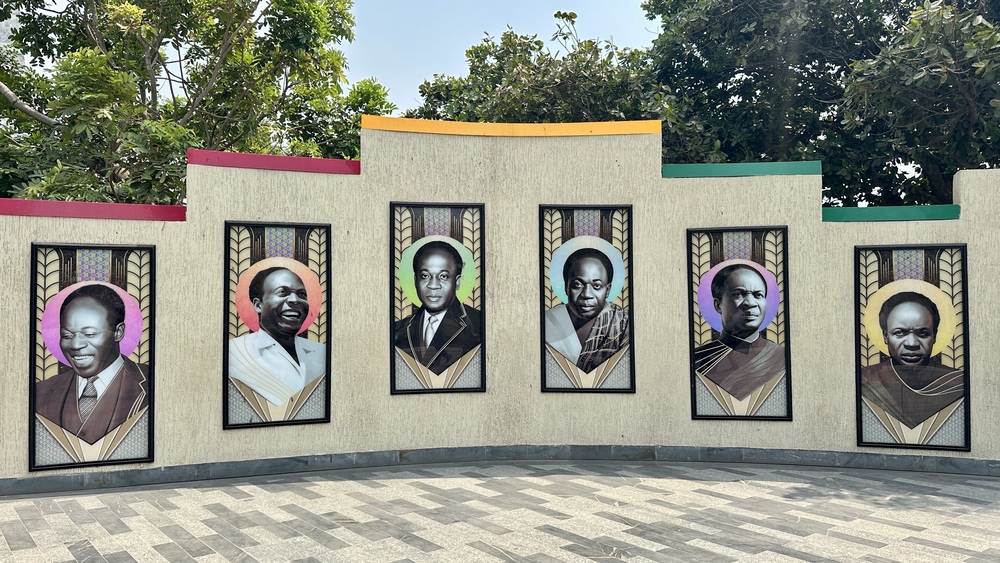
What’s his legacy?
Today, Kwame Nkrumah remains one of Africa’s most influential figures. His vision of economic self-reliance and unity continues to shape political discourse across the continent. Though Ghana and Africa as a whole have faced challenges, his ideals live on through institutions like the African Union and ongoing discussions about African unity and economic independence. His mausoleum stands as a reminder of the struggle for self-determination and the sacrifices made for freedom.
At YPT, we believe that travel is about more than just sightseeing, it’s about experiencing history where it happened. This is why the Kwame Nkrumah Mausoleum is a key stop on our Ghana tours, offering travelers a chance to walk in the footsteps of a revolutionary leader and witness the power of his legacy firsthand.
